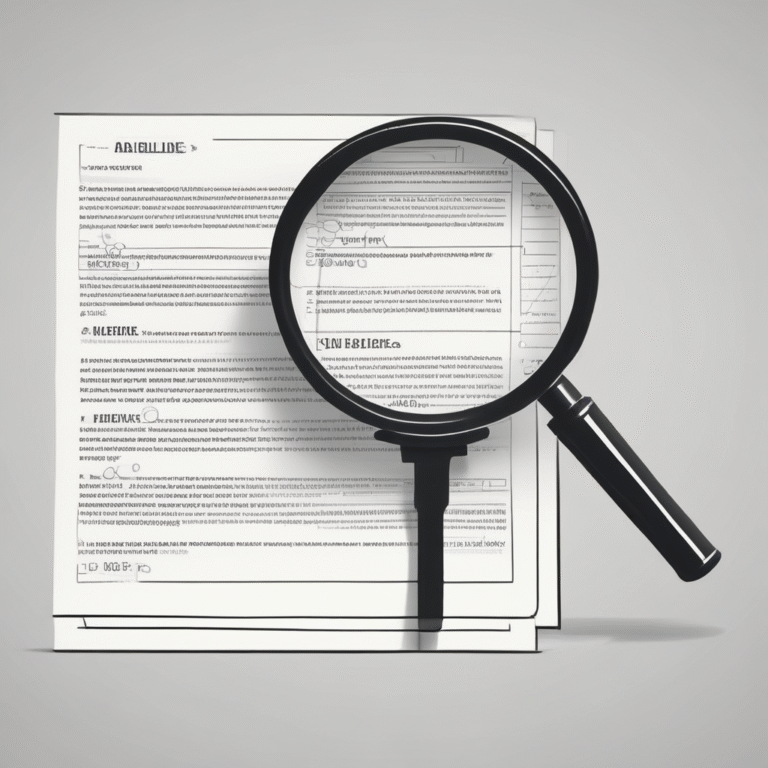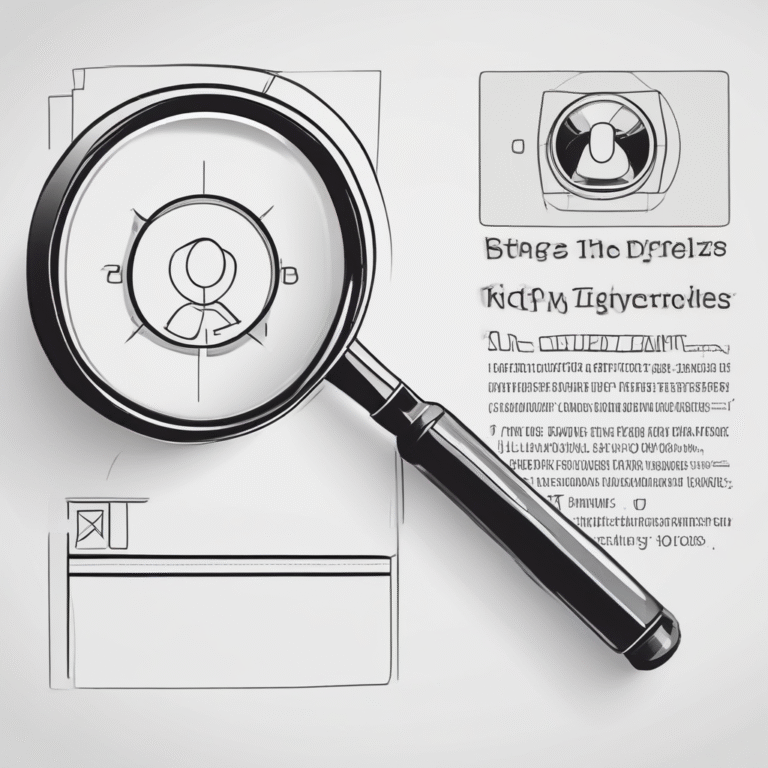FCPA Compliance Report: Leveraging AI for Enhanced Compliance
The modern compliance landscape is rapidly evolving, driven by advancements in technology. One of the most significant developments in this arena is the integration of Artificial Intelligence (AI) into compliance tools, particularly in the context of third-party risk management. This article explores the transformative potential of AI in streamlining compliance processes and enhancing operational efficiency.
The Role of AI in Compliance
AI has emerged as a game-changer in the realm of compliance. By automating complex tasks, AI allows organizations to reduce friction in compliance-related activities. It enhances decision-making capabilities at various stages of third-party interactions, ensuring that compliance management is not just a necessary task but a value-adding component of business operations.
Key Benefits of AI in Third-Party Risk Management
Several key highlights illustrate the advantages of employing AI in third-party risk management:
- Automating Third-Party Risk Management: AI tools can significantly automate the assessment and management of third-party risks, allowing for faster and more accurate evaluations.
- AI-powered Tools Enhancing Risk Management: These tools can analyze vast amounts of data, helping organizations identify potential risks and streamline their compliance processes.
- AI-driven Automation for Enhanced Compliance Reporting: With AI, businesses can generate compliance reports with greater accuracy and efficiency, saving valuable time and resources.
- Boosting Operational Efficiency: By automating routine compliance tasks, organizations can enhance overall operational efficiency, allowing teams to focus on more strategic initiatives.
A Vision for the Future
Looking ahead, the integration of AI into core business operations is expected to become more seamless. The future of compliance management lies in making it an inherent part of organizational workflows. This approach is particularly beneficial for small and mid-sized companies, which often face resource constraints and may struggle with traditional compliance methods.
As organizations continue to adapt to the complexities of compliance, embracing generative AI and natural language processing tools will be crucial. These technologies promise to simplify the analysis of extensive reports and pinpoint specific risks, transforming compliance from a burdensome task into an integral part of business strategy.
Conclusion
In conclusion, the incorporation of AI into compliance tools represents a significant leap forward in how businesses approach third-party risk management. By automating processes, enhancing decision-making, and improving operational efficiency, AI not only facilitates compliance but also adds substantial commercial value to organizations navigating the complex regulatory environment.










